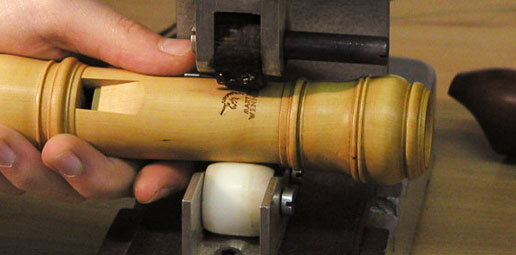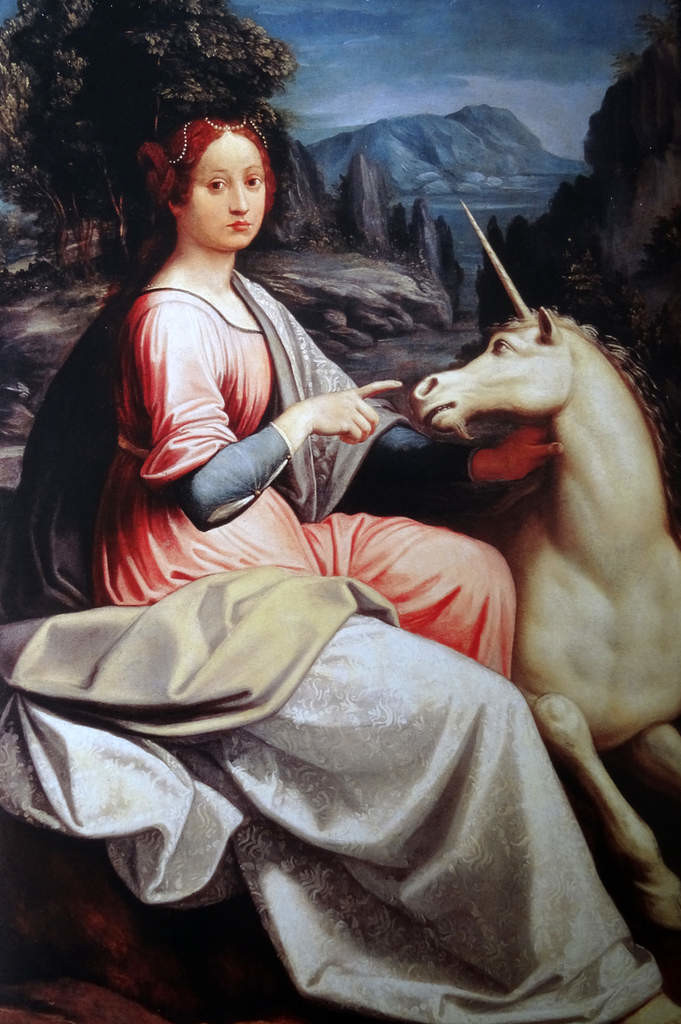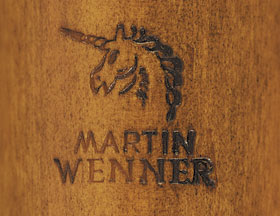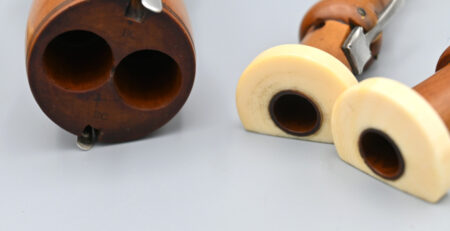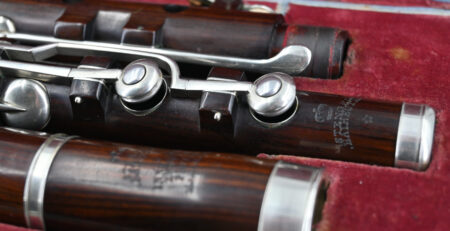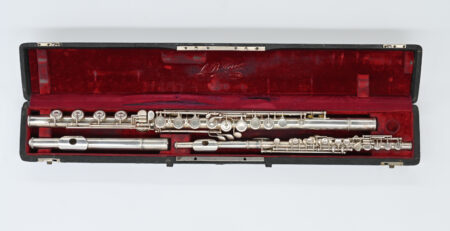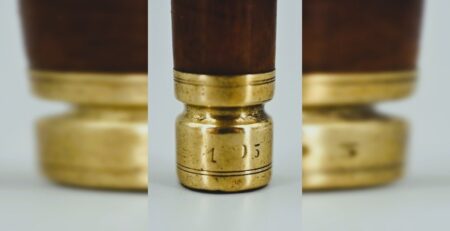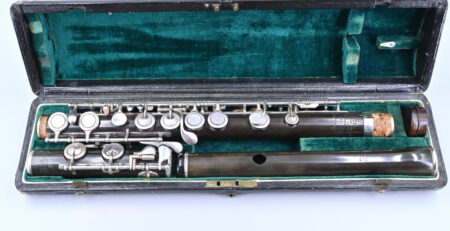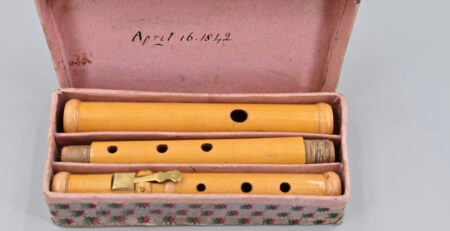The unicorn
Unicorns have become all the rage over recent years and we are often confronted in our daily lives with unicorns in the form of cartoons, cuddly toys, pencil cases, hairbands and even inflatable pool loungers.
A unicorn is a beast that typically looks like a horse and has one single, pointed horn that spirals out from its forehead.
Unicorns were a symbol of purity and grace. The appeal of these very special, mythical creatures has never ceased over time. As a symbol of magic, rarity and specialness, they didn’t go unnoticed by flute makers either.
For example, in London, there were many flute makers who used the unicorn’s head as the master’s mark on their flutes. Among them were George MILLER, George ASTOR, Christopher GEROCK and Robert WOLF, who seem to have passed on the mark of the unicorn’s head through succession.
According to two cases at London’s central criminal court at that that time called the Old Bailey from 1830, Samuel Porter, who worked for Christopher GEROCK tried to steal GEROCK’s flutes on two occasions from his house.
It seems that GEROCK only marked the flutes if they were finished with the unicorn and also included another mark, a star, when they were sold. Some of the stolen flutes were stamped with a unicorn but with no star!
Even today, the Martin WENNER workshop uses the image of a unicorn’s head on the instruments it makes. It serves to remind customers every day of the time, care and love which went into creating the hand-crafted instruments.
To find out more, here’s a nice article published by Duke’s University on the of use the unicorn symbol in flute making.
